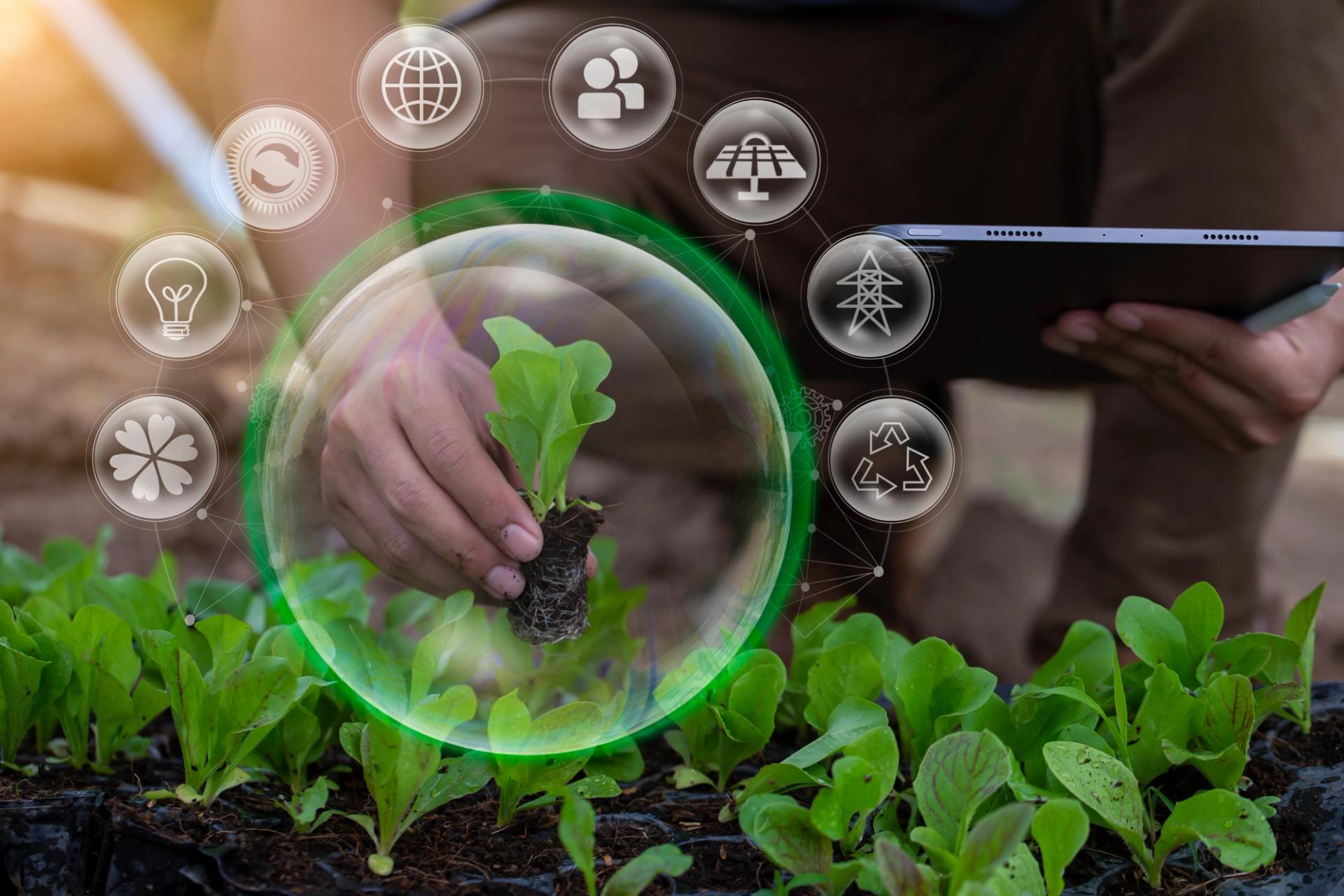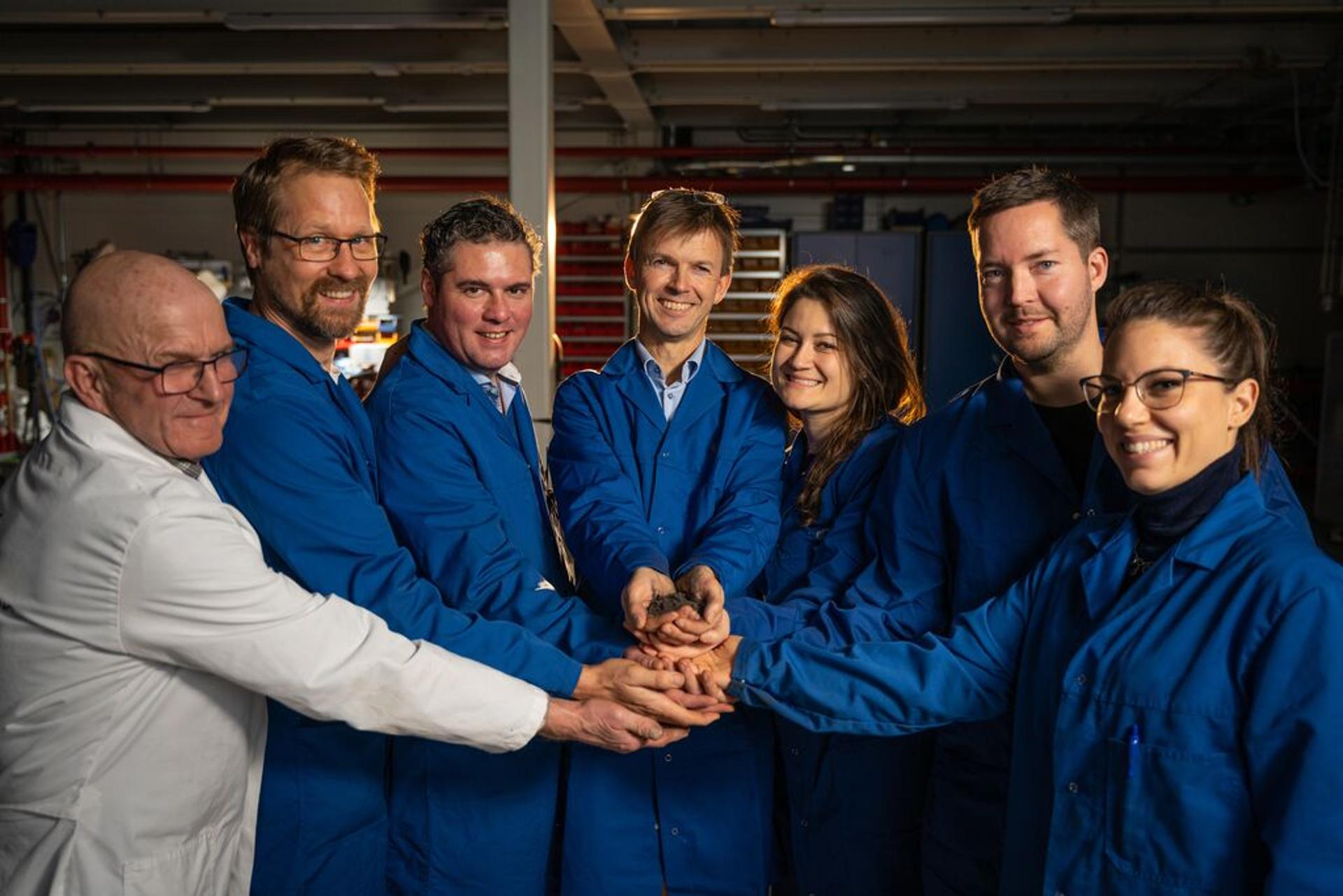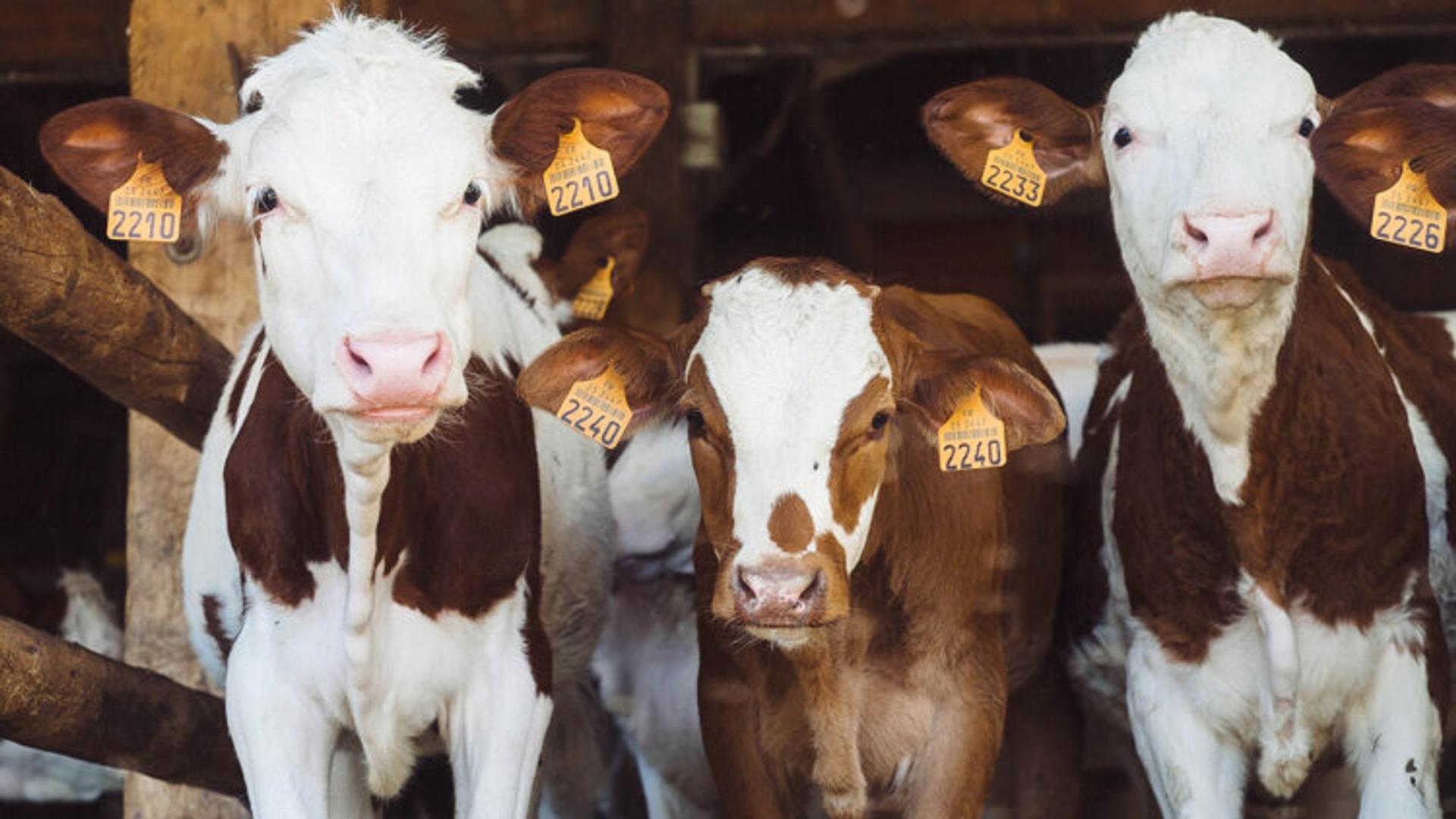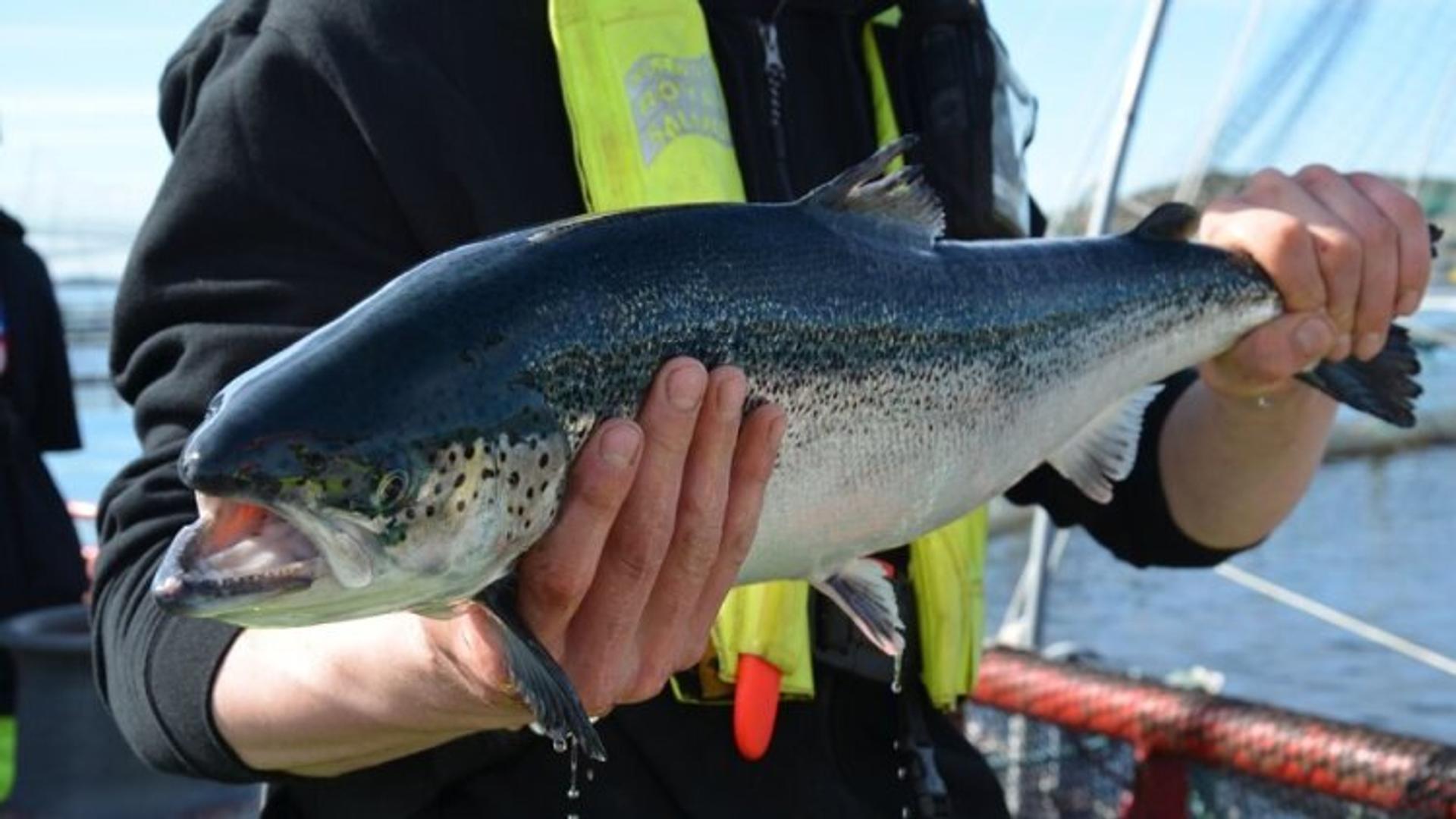AI can be good news for the planet – if used responsibly

Artificial intelligence (AI) and machine learning are at the top of the world’s technological agenda. “Norway is a highly digital country and is at the forefront of new technology. AI has enormous potential for making a sustainable difference,” says Kjell Reidar Mydske, CEO of Smart Innovation Norway.
Computing power and the sheer amount of data to be processed are both growing exponentially. With AI, vast opportunities are opening up for performing tasks that used to require human intelligence better, faster and more efficiently.
“This can be good news for our planet,” according to Mydske.
He heads Smart Innovation Norway, which runs the specialised Cluster for Applied AI.
“I believe artificial intelligence can directly promote sustainability and has enormous potential when it comes to increasing the efficiency of a variety of processes. Wasting energy and raw materials is the direct opposite of sustainability, so AI can really make a difference here.”
In its annual Global Risks Report for 2023, the World Economic Forum (WEF) writes that although AI is the technology that can have the greatest positive ripple effects for the global population, it is also the technology associated with the highest risk. AI is one of the areas with the least “established” or “effective” international risk mitigation efforts, according to the WEF. And there are issues regarding transparency, potential misuse, privacy issues and “dirty data” – that is, inaccurate, manipulated or systemically biased data.
These are challenges that Norway takes very seriously. In 2020 the Norwegian Government launched a National Strategy for Artificial Intelligence that sets out how the country will develop safe AI technology that promotes sustainable development.
“I believe artificial intelligence can directly promote sustainability.”
Kjell Reidar Mydske
CEO, Smart Innovation Norway
AI in Norway
So, what are Norway’s competitive advantages in terms of becoming a leading AI nation?
Mydske lists several:
“Norway is a highly digital country and is at the forefront of new technology. However, the question is which technology are we using – and the answer is often that which is developed in other countries. Norway should be developing more of its own AI. We are in a good position to do so.”
The Norwegian population in general and Norwegian business and industry in particular are highly digitally literate and are often early adopters of new technology. In addition, Norway has a well-developed and strict regulatory framework for digital technologies and services and one of the most digitalised public sectors in the world.
But perhaps Norway’s greatest competitive advantage is the high level of public trust in both the private and public sectors and the close tripartite cooperation between local and national authorities, employer organisations and trade unions. This is an excellent basis for establishing regulations and ethical principles for utilising AI.

Using AI to achieve sustainability
More and more Norwegian companies are achieving good results with sustainable AI-based solutions.
“For example, we have eSmart Systems, which is using AI to make it easier to maintain the power grid. In practice this means fewer helicopter trips to repair power lines, among other things,” says Mydske of Smart Innovation Norway.
“I also like what Völur has done. It uses AI to increase efficiency in meat production. It is finding ways of getting the most food out of each animal, which can reduce the climate footprint of agriculture,” he says.
Völur is expanding to the US market and has signed a contract with one of the leading meat producers in the world, JBS USA.
“This is a huge step for us towards international expansion. Our new disruptive AI technology helps producers to grow their business, lower their costs and reduce their carbon footprint – all at once,” says Robert Ekrem, CEO of Völur.
At the other end of the food value chain, sustainability-minded companies use AI to help business owners and consumers to reduce waste.
Savvie is the first machine learning-based app to help local bakery and café owners to maximise profits, prevent food waste and optimise operations – entirely from a smartphone.
“Using Savvie is like having a clever café assistant. It’s the first tool to use machine learning to help small food businesses thrive,” says Jessica Li, co-founder and CEO of Savvie.

AI in fisheries and aquaculture
In Norway’s second largest industry, fisheries, AI can be a useful tool for fishermen for preventing bycatch, as well as for monitoring fish stocks, identifying over-harvesting and setting quotas.
The Norwegian company Scantrol Deep Vision has developed a revolutionary, AI-based tool to help trawlers to catch the right fish. Using a subsea camera, the system identifies and measures fish under water – without bringing the catch on board the vessel. This makes it easier to stop the trawl when the catch quota has been filled and to reduce bycatch.
Other Norwegian companies are developing AI-based solutions for improving production efficiency and fish welfare in aquaculture. AI has been shown to be a particularly useful tool for preventing and controlling sea lice outbreaks in farmed salmon.
CreateView tackles the problem by combining sensors, cameras and AI to collect and analyse enormous amounts of data from net pens. This allows fish farmers to deal with sea lice outbreaks at an early stage, as well as to use the data to optimise vaccination and feeding – reducing both their costs and environmental footprint, as well as improving fish welfare.
Similarly, Fishency Innovation combines 360-degree imaging with AI to collect and analyse high-quality data. The software processes, stores and transfers the images. It identifies sea lice, analyses the data, and automatically generates a daily report, enabling farmers to continuously monitor a much larger sample of salmon and quickly identify fish with traces of sea lice.

Using AI to create lasting sustainability
To meet stricter regulations and increasing consumer demand for sustainable products, there is a growing need for fast and smart decision-making.
Clarify by Searis is a Norwegian data collection platform linking people, AI, machine learning and industry experts together to improve and create lasting sustainability.
CEO and co-founder of Searis, Tore Norheim Hagtun, says, "You cannot choose to be sustainable in the boardroom, you choose to be sustainable through the decisions you make every day out in the field.”
Although there is a certain amount of healthy scepticism as to whether AI can be developed and used responsibly, these examples show how it can be an important tool for building better societies and increasing value creation. With its robust national strategy for safe AI and highly innovative companies, Norway is well equipped to harness the staggering potential of this technology.



